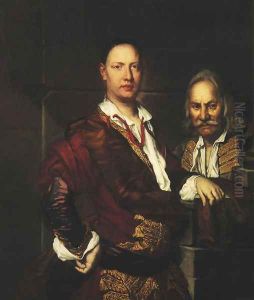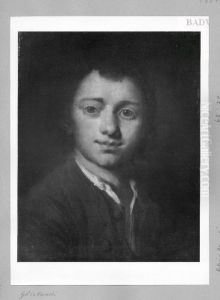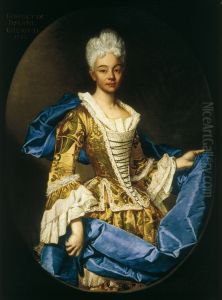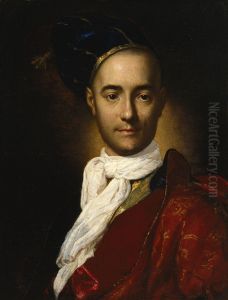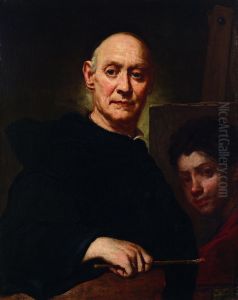Fra Galgario Paintings
Fra Galgario, born Giuseppe Vittore Ghislandi in 1655 in Bergamo, Lombardy, was an Italian painter renowned for his exquisite portraits, marking him as a significant figure in the late Baroque period. His moniker, Fra Galgario, derives from his association with the Galgario monastery in Bergamo, where he took his vows as a lay brother, although this religious affiliation did not deter him from pursuing a prolific career in art.
Ghislandi initially trained under his uncle, Francesco Ghislandi, a minor painter, before moving to Venice to study under Antonio Balestra, a leading painter of the Venetian school. His early works were influenced by the rich Venetian palette and the poise of Balestra's style, but Ghislandi's talent truly flourished after his return to Bergamo. Here, he developed a distinct style characterized by meticulous attention to detail, a nuanced use of color, and a remarkable ability to capture the psychological depth of his sitters.
Fra Galgario's portraits are celebrated for their realism, elegance, and the dignified portrayal of his subjects, ranging from the aristocracy to the clergy, and including a variety of characters from the lower social strata, which was somewhat unusual for the time. His work embodies the transition from the Baroque to the Rococo aesthetic, with a lighter palette and a more intimate scale, reflecting the changing tastes of the 18th century. Despite his religious affiliation, his art seldom ventured into biblical or mythological themes, focusing almost exclusively on portraiture.
The artist's legacy is preserved through his contributions to the Italian portrait tradition, influencing subsequent generations. His works are housed in numerous prestigious collections and museums around the world, including the Accademia Carrara in Bergamo and the Louvre in Paris. Fra Galgario's death in 1743 marked the end of an era in Italian painting, but his portraits continue to be admired for their lifelike quality and the insight they provide into the society of his time.
